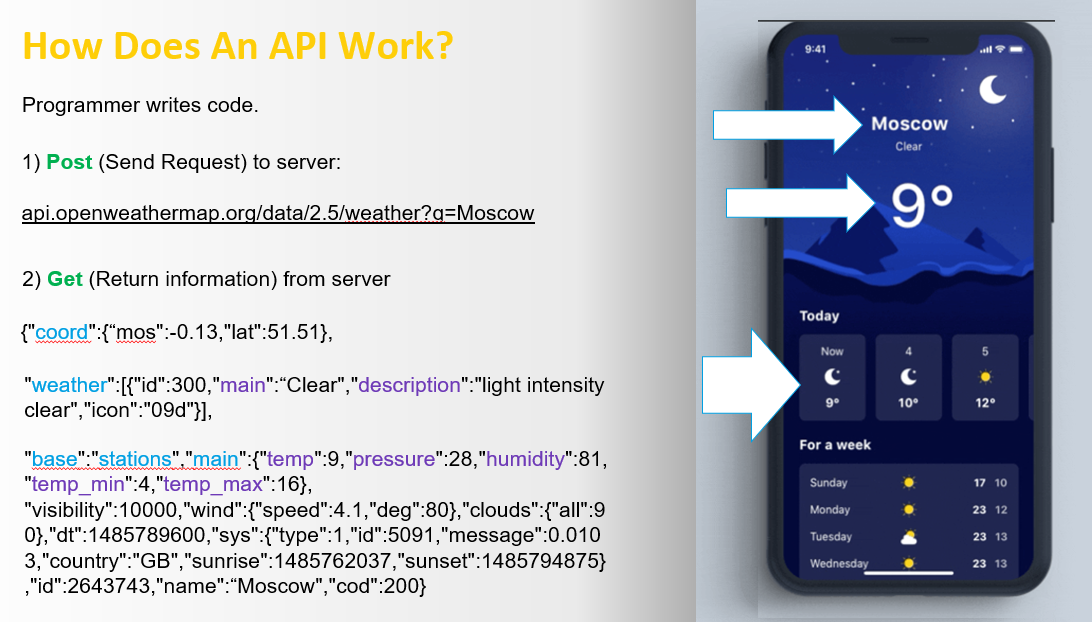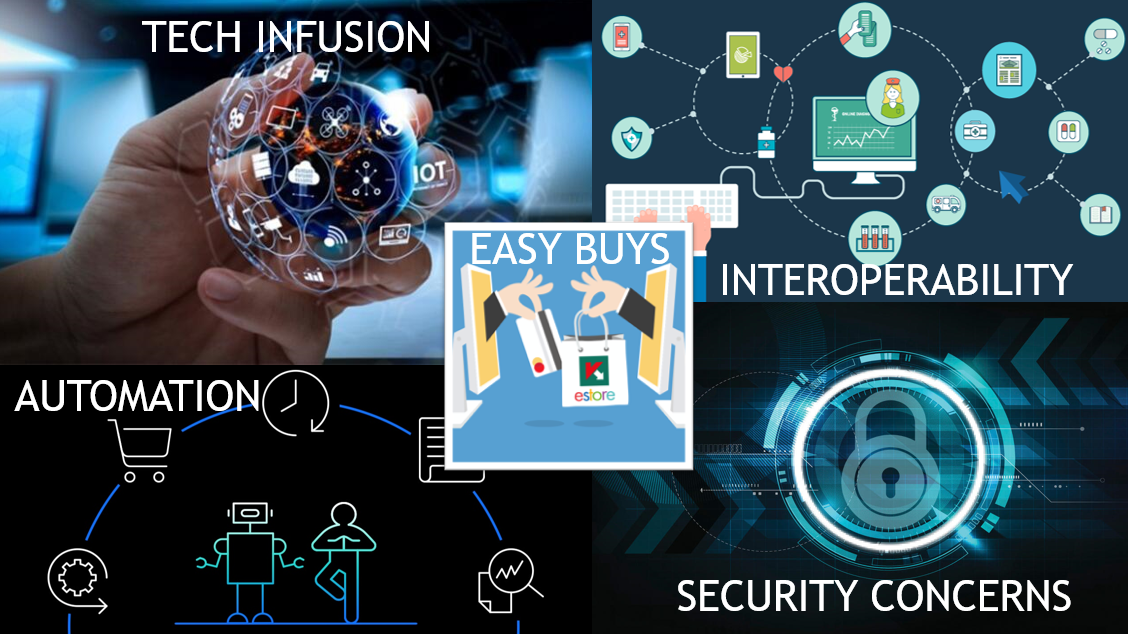Image Credit: Reuters/Gonzalo Fuentes

Previously, I wrote about how platforms create an ecosystem or environment that allow people and businesses to interact and accomplish tasks and ultimately create a network that can connect and benefit the entire community.
Within this environment, of course, interoperability flourishes—pushing early adopters and innovators to think boldly about workflow and connectivity. How can connecting various applications help lawyers improve productivity and client care?
One core component enabling a successful platform to help lawyers be more efficient is the use of application programming interfaces (APIs). These API services allow applications to call upon another computer server to retrieve information. For example, if you check the temperature on your phone and it instantly tells you. What likely occurred is that your phone’s weather app, working on the phone’s platform or operating system, made a request called a ‘post’ that asked for the temperature, then listened for a response called the ‘get’. Your phone then received this ‘get’—some small snippets of computer code in a format that the app could understand—and then displayed it on your phone.

How an API works: The App searches via a ‘post’ and receives a ‘get’ in the form of data from a remote server to display
Increasingly, we see the legal community open large repositories of data so that applications on the platform can interact with it. The legal industry has know-how products that utilise APIs for both the search of that remote content as well as ingesting content into a firm repository. The latter, a data API, permits the legal know-how to be searchable using metadata or full text search.
In this way, a firm could leverage their universal search inside the firm to find answers from said remote data as well as their own internal repositories of information with APIs facilitating efficiency across the platform. Apps can connect with other apps and pass on information and usher in the ability for developers to build possibilities left only up to the imagination. No longer is software or data siloed, where people must swivel chair back-and-forth as the only path to solve problems and get answers.
Law firms can incorporate APIs into a platform that creates near infinite possibilities for more efficiency, access to data, and collaboration. For example, imagine that a law firm hopes to win a REIT (Real Estate Investment Trust) as its client. In this instance, the REIT owns and manages a collection of 100 office buildings around the US and the UK—and a platform enabling process improvement will be very beneficial.
Promoting efficiencies in workflow
By using APIs throughout this process, we can see how the law firm can create efficiencies focusing on workflow and transactions. For example, a firm’s new client initiation begins in the legal platform through an automated form that is linked to multiple APIs so that each process can talk to the other. Each potential client will need a ‘conflicts check’, done as a Legal Entity Identifier Service (that’s one API), which affirms the proper and standardised name of the REIT is used. Simultaneously, the firm may want to run an automated court calendar scan (the second API) for any recent litigation the client has been involved in. This will produce a risk score as well as creating possible business for the firm’s litigation practice. If legal action is necessary, after the conflicts check, the firm can send all filings electronically to a court via another API (that’s the third app).
Each one of these steps may trigger alerts to support staff or lawyers, adding tasks to their caseload and resulting in the use of yet another API on the Legal Case Management side (the fourth API). Additionally, a legal project manager or partner can see a dashboard view of hours spent, tasks completed, and gates remaining, as each task or portion of a task moves through its stages (the fifth API).
Once the firm confirms the client, the firm’s next step is to review all 1,500 leases the REIT has with its tenants. The firm would bulk load these leases to its cloud-based repository so it could then tap into a hypothetically huge number of APIs to review or analyse. The firm’s review would focus on contract anomalies that could put the REIT at risk; then, the firm would apply a Contract Review API to the 1,500 documents which automagically looks for specific words or phrases with a set of predetermined flags for concern (the sixth API).
From there, the system would automatically send relevant documents to lawyers to review using a document review tool for analysis (the seventh API). Noting that real estate laws or tax codes change frequently in both the US and UK, additional alerting and vetting tools could analyse the language in the contracts citing new or changed regulations and flag those documents for review (the eighth API). Another process could identify contracts with end-of-lease terms that could trigger a reminder for lease-renewal to tenants. Updating terms, the documents would be sent to tenants, requesting their digital signature via another API (and that’s API number nine). As you see in this simple example, nine APIs were utilised for a single client on-boarding.
The next iterative and logical shift within legal tech is now surfacing. The legal platform, an outgrowth of a burgeoning tech infusion from start-ups around the globe, is being built. At the same time, clients are pushing for ‘legal automation’, which can be an innate part of a platform. Indeed, automation baked into a platform, enable by connectivity, and buoyed by APIs, is a potent mixture.
The interoperability of applications and data, bolstered by the ability for these platforms to operate on a containerised security mechanism, is paramount going forward. Underpinning all of this, of course, is the user experience. Will the platform enable users—lawyers, paralegals, firm administers, and technologists—to have an easy intuitive experience? Further, can those users interact with applications with ease, just like consumers experience on the Apple App Store or Google Play?
The promise is there, and the stars, they are finally aligning.

A legal tech boom, automation explosion—coupled with a desire for interoperability and security pushes the legal platform forward.



